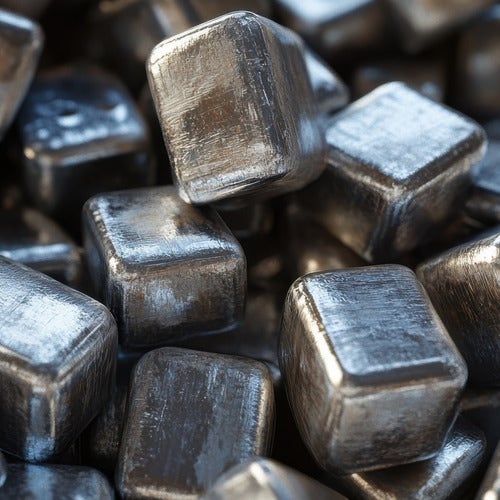Critical materials like Rare Earth Elements (REEs) are the bedrock of our modern technological world and crucial for the global clean energy transition. But securing their supply is a complex challenge marked by significant geopolitical risks.
What Makes Rare Earth Elements So Important?
REEs aren't necessarily geologically rare. However, they possess unique properties that are often difficult or impossible to replace in high-tech applications using other materials. For example, elements like Neodymium (Nd) and Dysprosium (Dy) are essential for high-performance permanent magnets. Cerium (Ce) can even improve the properties of aluminium.
Where Are REEs Used?
Their distinct properties make REEs indispensable across a wide range of sectors:
- Clean Energy: Crucial for permanent magnets in electric vehicles (EVs) and wind turbines.
- Electronics: Found in cell phones, televisions, LED lighting, and displays.
- Defense & Aerospace: Used in various components in these critical industries.
- Catalysts: Utilized in petroleum refining and automotive catalysts.
- Other Applications: Include metallurgy, polishing powders, glass additives, ceramics, paints, coatings, electrical components, and batteries.


The Complexities of the Supply Chain & Geopolitical Risks
Despite their widespread need, REEs face significant supply chain risks. A key factor is the heavy reliance on external supply chains and sources, particularly China. China has historically dominated the market, undertaking a large amount of REE processing and separation.
This dominance means geopolitical events and China's domestic policies can significantly influence global REE markets and supply security. Actions like export restrictions on certain REEs and magnets, as seen in the past and recently, create tangible disruptions, especially for industries like defence and aerospace.
Specific concerns exist regarding heavy rare earth elements (HREEs). The United States is particularly vulnerable in these supply chains. Until recently, China accounted for 99% of global HREE processing. While several countries are developing their HREE deposits, China currently maintains a monopoly on refined HREEs. Projected demand for permanent magnets suggests that REEs like Pr, Nd, Tb, and Dy, essential for their production, will likely face high prices due to limited supply. Conversely, La and Ce, primarily used in catalyst industries, may see steady or declining prices due to oversupply.


Responding to Vulnerabilities: A Boost for R&D
Concerns about potential supply disruption and market instability directly stimulate innovation and R&D efforts outside of traditional supply hubs. This has spurred intensified research globally into:
- Diversifying sources: Exploring new deposits and production.
- Improving extraction and processing: Developing more efficient and environmentally sound technologies. This includes efforts to overcome technical challenges in separation and processing.
- Enhancing recycling: Focusing on recovering REEs from secondary sources like e-waste and mine tailings.
- Developing substitution strategies: Researching alternative materials to reduce or eliminate the need for certain critical REEs.
Navigating the future of REEs requires a system-wide approach, integrating mining, processing, manufacturing, recycling, and policy, all while considering environmental, social, and governance (ESG) factors. Supply chain mapping is also becoming vital to identify vulnerabilities and ensure traceability.
The fierce international competition for REEs, particularly for high-end value chains, underscores the strategic importance of these materials. Continued R&D, investment, and international collaboration are essential to build a more secure and sustainable REE future.
- Mitigating Supply Disruptions: The REE market has faced supply disruptions and risks in the past due to economic or geopolitical reasons. China has historically restricted exports, which has prompted countries outside China to search for alternative sources. Having a stock helps buffer against such unexpected interruptions.
- Addressing Price Volatility: The projected limited supply against increasing demand for critical REEs like Pr, Nd, Tb, and Dy is expected to result in high prices. Holding a stock can protect customers from potential future price increases.
- Ensuring Availability for Research: For industries heavily reliant on REEs, particularly in high-value products like permanent magnets for EVs and wind turbines, holding a stock ensures consistent access to necessary materials, preventing delays to research.







